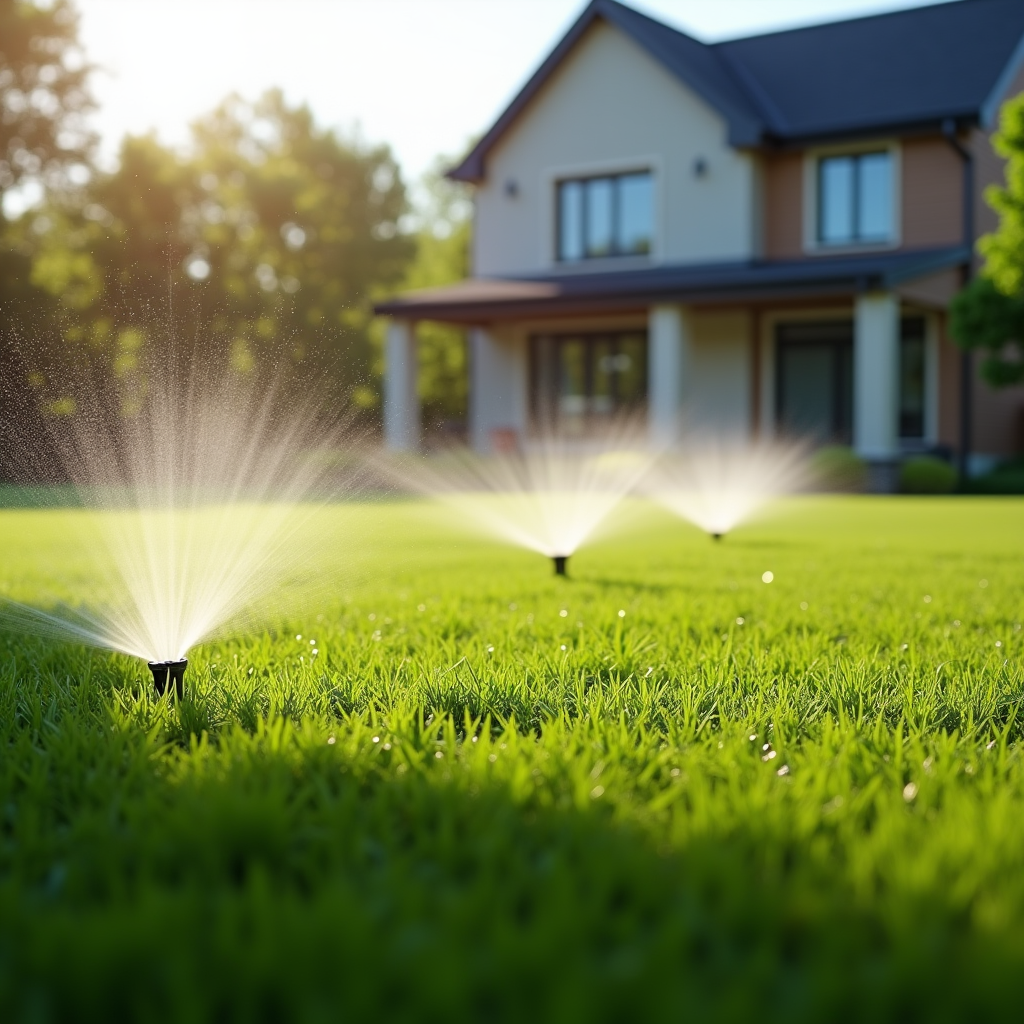Introduction to Smart Outdoor Lighting
When we think of outdoor spaces, we often envision lush gardens, cozy patios, and serene poolsides. But what truly brings these landscapes to life? The answer lies in effective outdoor lighting. Smart outdoor lighting systems have revolutionized how we illuminate our exteriors, transforming dark corners into inviting spaces. With the advent of technology, landscape lighting has become more than just practical; it’s an art form that enhances the beauty of nature while providing safety and comfort.
Imagine stepping outside your home at night to a beautifully lit landscape that highlights your favorite trees and pathways. This is not merely a dream but a reality made possible through smart outdoor lighting solutions. So, what does this mean for homeowners? It means embracing automation, efficiency, and style—all while enjoying the great outdoors even after the sun goes down.
In this article, we'll explore everything you need to know about smart outdoor lighting: from its benefits and types to installation tips and maintenance advice. Whether you're considering a full landscape lighting overhaul or simply looking to enhance your existing setup, we've got you covered!
Understanding Landscape Lighting
What is Landscape Lighting?
Landscape lighting refers to the use of various light fixtures strategically placed around outdoor environments to enhance visibility, aesthetics, and safety. It includes pathways, gardens, patios, decks, and architectural features of homes.
Benefits of Landscape Lighting
- Aesthetic Appeal: Well-placed lights can highlight beautiful flora and architecture. Safety: Illuminated walkways reduce trip hazards. Security: Motion-sensor lights deter intruders by illuminating darker areas.
Types of Landscape Lights
Path Lights: Guide guests along walkways. Spotlights: Highlight specific features like trees or sculptures. Flood Lights: Provide broad illumination for large areas. Deck Lights: Illuminate steps and railings for safety. Wall Washers: Create an ambient glow on walls or fences.The Rise of Smart Outdoor Lighting
What Makes Outdoor Lighting “Smart”?
Smart outdoor lighting integrates advanced technologies such as Wi-Fi connectivity, apps, voice control capabilities, sensors, and timers to automate the way we illuminate our landscapes.
Advantages of Smart Outdoor Lighting Systems
- Convenience: Control lights from anywhere via mobile devices. Customization: Set schedules or adjust brightness based on mood or occasion. Energy Efficiency: Automatically turn off when not needed.
Key Components of Smart Outdoor Lighting Systems
Smart Bulbs
These bulbs connect to your home network and can be controlled via smartphone apps or voice assistants like Amazon Alexa or Google Assistant.
Smart Controllers
Devices that manage multiple lights at once; they can set schedules or respond to environmental changes.
Sensors & Timers
Motion sensors detect movement while timers can set specific times for lights to turn on/off automatically.
Designing Your Landscape with Smart Outdoor Lighting
Assessing Your Space Before Installation
Before diving into installation, evaluate your landscape's layout:
- Identify focal points (trees, sculptures). Determine paths that require illumination. Consider security needs in dark areas.
Creating a Mood with Light Levels
Different areas may require varying intensities:
Soft light for relaxation zones (patios). Brighter lights for functional paths (walkways). Accent lights for highlighting features (fountains).Choosing the Right Fixtures for Automated Landscapes
Materials Matter! Selecting Durable Fixtures
Opt for fixtures made from weather-resistant materials like stainless steel or aluminum that withstand the elements without rusting or fading.
Color Temperature Choices in Landscape Lights
Color temperature affects ambiance:
- Warm white (2700K) creates cozy atmospheres. Cool white (5000K) offers modern looks and better visibility.
Installation Best Practices for Smart Outdoor Lighting Systems
DIY vs Professional Installation—What’s Best?
Consider your skill level:
- DIY is cost-effective if you're handy with tools. Professional installation ensures optimal placement and connections.
Wiring Considerations for Landscape Lights
Plan cable routes carefully:
Bury cables at least 6 inches underground. Use low-voltage wiring for safety in wet conditions.Programming Your Smart Outdoor Lights

Using Mobile Apps Effectively
Most smart bulbs come with user-friendly apps that allow you to control settings remotely—adjust brightness levels or set schedules right from your phone!
Voice Activation Features
Integrate with smart home systems; just ask your assistant to dim the lights as you settle down for an evening outdoors!
Maintaining Your Smart Outdoor Lighting System
Regular Checks and Updates
Regularly check connections and update firmware on smart devices to ensure optimal performance—this can prevent issues before they arise!
Cleaning Fixtures Periodically
Keep fixtures clean from dirt & grime—this improves light output! A simple wipe-down every few weeks goes a long way!
Common Challenges with Smart Outdoor Lighting Systems
Connectivity Issues
Wi-Fi dead zones can affect performance—consider using range extenders if necessary!
Battery Backup Solutions
For solar-powered systems or battery-operated devices; ensure batteries are regularly charged/replaced!
Exploring Advanced Features in Smart Outdoor Lighting
Integration with Home Security Systems
Link your landscape lights with security cameras—a bright yard discourages potential intruders!
Weather-Based Automation Options
Some systems adjust based on weather forecasts—lights turn off during rain storms saving energy & preventing https://male-trees.uncrn.co/blog/integrating-play-areas-into-family-friendly-landscape-designs/ damage!
Choosing Energy-Efficient Options in Landscape Lighting
LED vs Traditional Bulbs—Which is Better?
LEDs are more efficient—they last longer & consume less electricity compared to traditional incandescent bulbs! What’s not to love?
Solar-Powered Options Available Today!
Explore solar-powered landscape lights—they harness sunlight during the day providing eco-friendly illumination at night!
Safety Considerations When Installing Landscape Lights
Preventing Electrical Hazards
Always follow local codes when installing electrical components—and consider hiring professionals if unsure about wiring practices!
# Eco-Friendly Practices
Choose energy-efficient products—like LEDs/solar—to reduce carbon footprint while enjoying beautiful nighttime landscapes!
# Emerging Technologies
New advancements include IoT-enabled features allowing deeper integration between devices—imagine controlling all aspects of home environment effortlessly!
ol4li24li24/li25li25/li26li26/li27li27/ol4/ Conclusion
In conclusion—and let’s face it—smart outdoor lighting is no longer just an option; it’s quickly becoming essential for anyone wanting their landscapes illuminated effectively while enhancing aesthetic appeal/functionality alike! From path markers guiding guests safely along walkways after dark—to colorful accent spots showcasing beautiful plants beneath starry skies—the possibilities are endless when utilizing today’s technology… So why wait? Dive into automating YOUR landscape illumination journey RIGHT NOW!